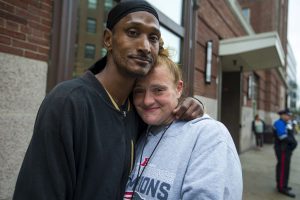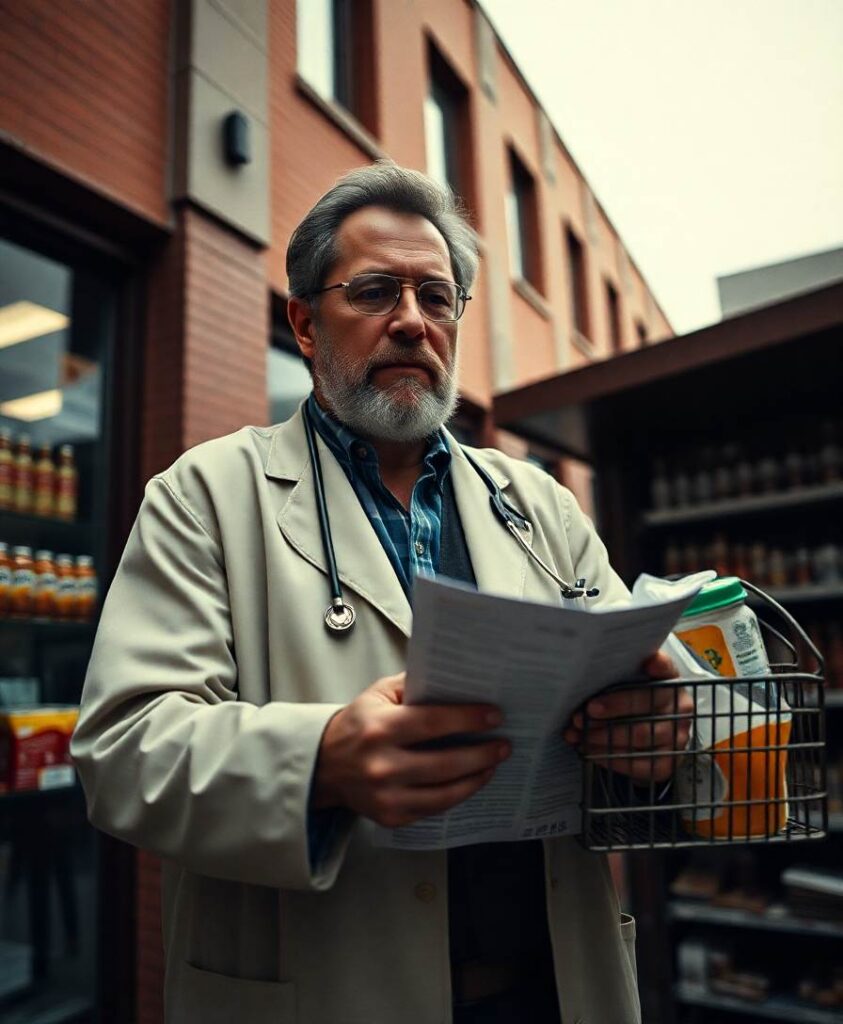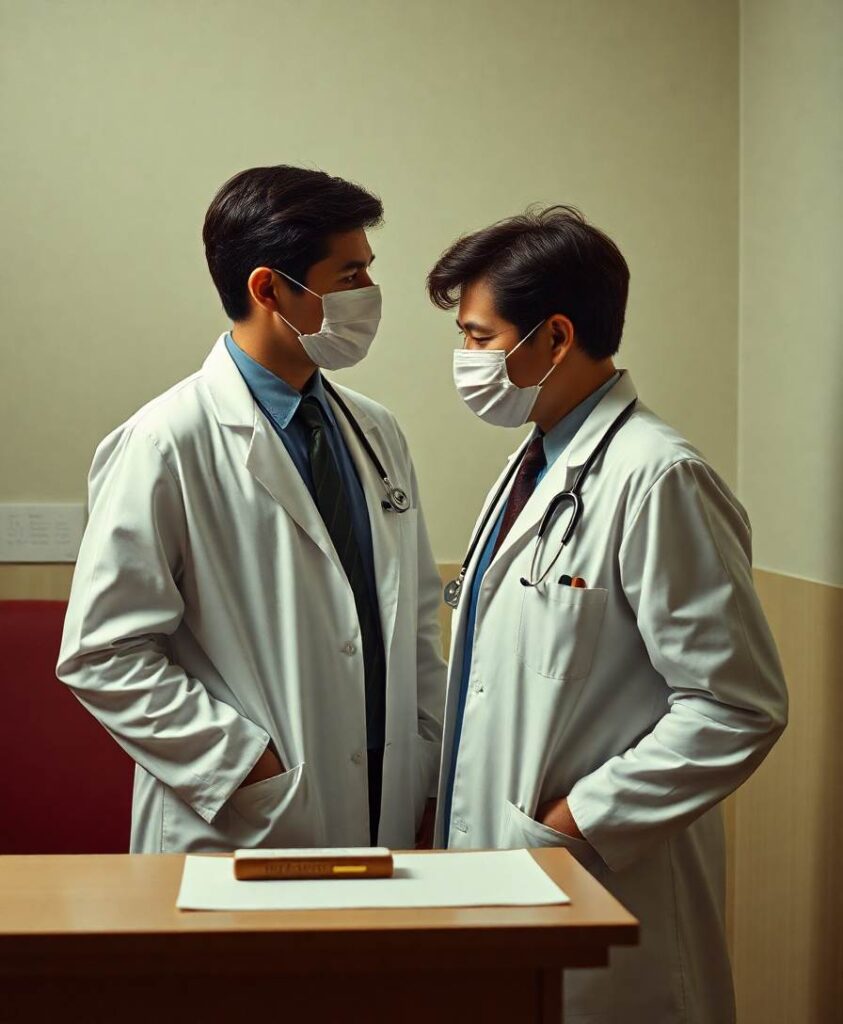Email Sign-Up
Subscribe to KHN’s free Morning Briefing.
Sign Up

Please confirm your email address below:
Sign Up
Scott, a 38-year-old from Lowell, Mass., leaned against a building. He said he has overdosed three or four times, but wasn’t offered Suboxone until after his third overdose.
“The problem is, a lot of these doctors don’t want to prescribe anything like that after the person has an overdose because they feel like they’ll abuse the medicine,” Scott said. We’re using only first names for people who may still be buying illegal drugs.
Scott admitted he has abused Suboxone. It and methadone are both opioid-based medications. Taken as directed, they block cravings for something stronger without making the patient high.
But with Suboxone, “a lot of people that get prescribed it, take a lot more than they’re supposed to and that gives you a high or they sell them to get money,” Scott said.
Others layer alcohol or other medications for a different kind of high. Few doctors are trained to or have experience managing such complex addictions. Scott said he “understands why they’re reluctant to prescribe stuff” like Suboxone.
Sometimes it’s the patient who is reluctant to start medication-assisted treatment.
“There’s a perception that people aren’t quote-unquote ‘clean’ unless they’re abstinent from all substances and that plays into keeping people away from medication treatment, which is the most effective treatment,” said Aubri, who is on methadone and says it works.
But Aubri said the way methadone is delivered is demeaning. Unlike Suboxone, which patients can get from a primary care doctor, during routine medical care, methadone is tightly controlled, typically only available at designated clinics.
“It feels like a jail,” Aubri said. “There’s literal bars across the gates that don’t open til a certain time. There’s security guards. No one wants to be there. The only reason people go is because they need it.”
Many communities continue to reject applications to open methadone clinics. Patients in rural areas often drive more than an hour each way to get their daily dose. The obstacles to care contribute to a feeling among many opioid addiction patients that doctors and hospitals just don’t want to help.
“They treat us like crap,” said Deana, as she hugs her husband Phill. “We’re not like this because we’re bad people, you know.”
Deana and Phill have an endless stream of stories about feeling mistreated in hospitals. But Phill is having the opposite experience now, taking Suboxone, through a clinic at the Boston Health Care for the Homeless Program.
“They give you the counseling, the therapy. It’s like a family,” said Phill, pausing as a ambulance wails by. “They make you feel welcomed and loved and give you that sense of hope that I can have a drug-free life. I don’t have to use.”
Many things have changed since the 2012-2014 period of this study. A growing number of physicians are allowed to prescribe buprenorphine and the number of patients they can manage has increased from 100 to 275. Hospitals are starting to prescribe buprenorphine within the emergency room and opening walk-in clinics for follow-up care. In Boston, there’s a mobile van that takes buprenorphine prescribing to the streets.
LaRochelle worries that patients, as seen in this study, are still not staying on treatment for more than a few months and are losing prime years of their lives. Some 66 percent of people in the study were under the age of 45.
“We need to reevaluate how we’re providing the care and make sure we can keep people there when they’re there,” LaRochelle said.
Even at just 3 in 10 patients, Massachusetts was likely offering better opioid medication treatment than many states as of 2014. That’s because 97 percent of the state’s residents have health insurance, the highest rate in the country. In many parts of the U.S., it’s difficult to find someone who will prescribe a patient methadone or buprenorphine.
“We just still have overwhelming stigma for patients with the disease of addiction,” said Sarah Melton, a professor of pharmacy practice at East Tennessee State University.
Volkow of NIDA is alarmed by one other finding. Thirty-four percent of patients receive at least one prescription for an opioid and 26 percent were prescribed a benzodiazepine during the 12 months after their overdose.
“This indicates that guidelines cautioning against prescribing opioids and their co-use with benzodiazepines are not being followed,” Volkow wrote.
This story is part of a partnership that includes WBUR, NPR and Kaiser Health News.


